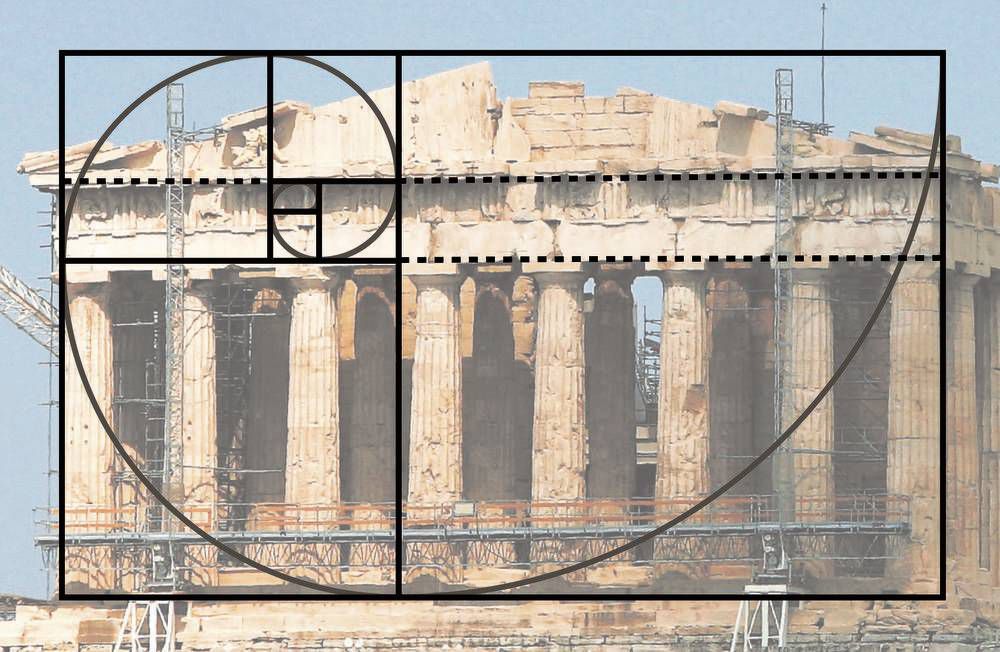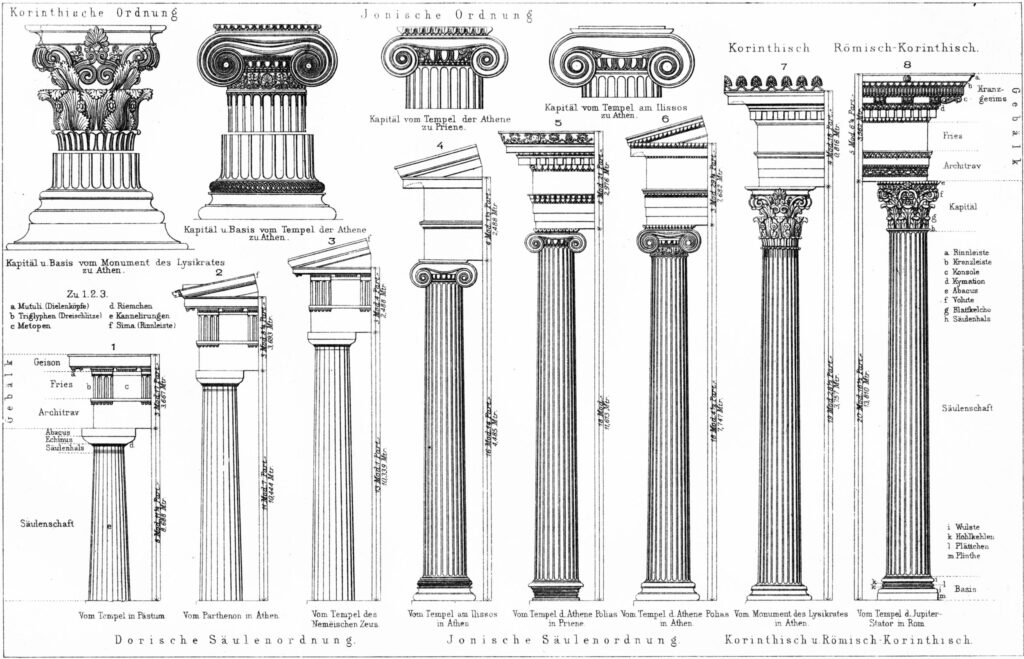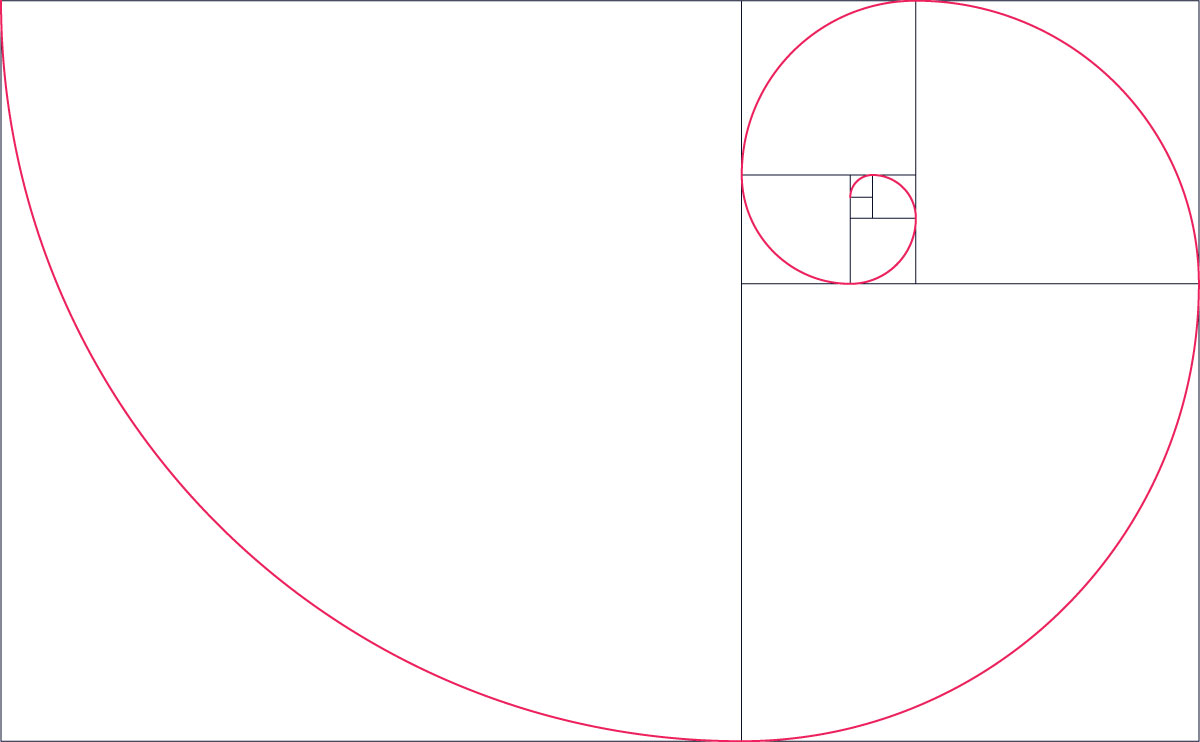Since the dawn of time, mankind has sought to instill beauty into architecture. The origin of beauty and proportion in architecture as we know it began with the ancient Greeks, who built their villas and temples with mathematical precision. The Romans adopted the same forms and continued to enhance and refine them over time. The first known architectural theorist, named Marcus Vitruvius Pollio, or “Vitruvius” for short, lived and wrote about architecture in the period 70 BC to after 15 BC. He declared that all great buildings should be defined by three characteristics: firmitas (strength), utilitas (functionality), and venustas (beauty). His work, De Architectura, once rediscovered in the library of Saint Gail Abbey in 1414, served as a central tenant of classical architecture for the next 500 years and indeed continues to have a formidable impact on architectural design to the present day.

The first two commandments of strength and functionality seem relatively self-evident in their meaning. It is easy to agree that any building should be constructed to stand safely and work for the functions it is designed to serve. But what of venustas, the Latin word for beauty? This has been an ever changing, constantly evolving ideal. From the great gothic churches, to ornate eccentric Victorian houses to the stripped clean mid-century modern buildings, each era thought that its monuments were the most beautiful.
For Vitruvius, beauty consisted of a high degree of symmetry to the facades and a strict adherence to a highly defined set of proportional rules. Each type of architecture was characterized by different columnar forms. At the simplest end lay the Tuscan column, which is almost like a tree trunk having a plain top and no base ornamentation at all. Next came the Doric column with a more refined top and base ornamentation. One step above that was the Ionic column with its high geometric spiraling capital ornament. And at the most elite end of the spectrum was the highly articulated Corinthian column, with its elaborately carved Acanthus leaf detailing. As described in his treatise, each column type was to have a highly defined proportionality of height to width of the shaft and each of the decorative elements of the columns were equally fixed in their size and proportion.

It is known that the Greeks were highly knowledgeable and reverent of the mathematical relationship they discovered in nature. The followers of Pythagorus believed that geometry and mathematics held the secrets of the universe and of gods secret will. Everyone probably remembers the Pythagorean Rule where the square of the hypotenuse (another Greek word) is equal to the square of the other two vertices of a right triangle added together. The Pythagoreans also studied a rectangle known as the golden section where a square can be removed from the shape to leave another rectangle of exactly the same proportion. This relationship was called “phi.”

This proportion is found in many places in nature like in the spiral of a nautical shell and in the relationship of the various segments of a pentagonal star. This shape perhaps, because it seems to have a origin in nature, has entranced classicists like Stanford White and modernists like Mies van der Rohe equally. It is largely to this mystical geometric shape that the term proportional applies.


It is fascinating that the writings of an architectural theorist who lived more than two thousand years ago should still play such an important part in discussions today and that a shape first described by the Pythagoreans should still be held up so reverently by so many architects and artists in the present. While the concept of beauty ebbs and flows between the decorative and the austere, the idea that things be proportional and look lovely to our eye is a concept that is a common thread linking architecture from the earliest days of human construction all the way to the decisions that architects make on their computers in the present era: We all seek to achieve that mystical achievement of Venustas.
Thinking of remodeling your home? Let’s connect.
Join the Architectural Forum to stay up-to-date with architectural news from Rhode Island and abroad.

One of my favorite topics! Thank you Ross for this informative article.
You are welcome. We are glad you enjoyed the topic.